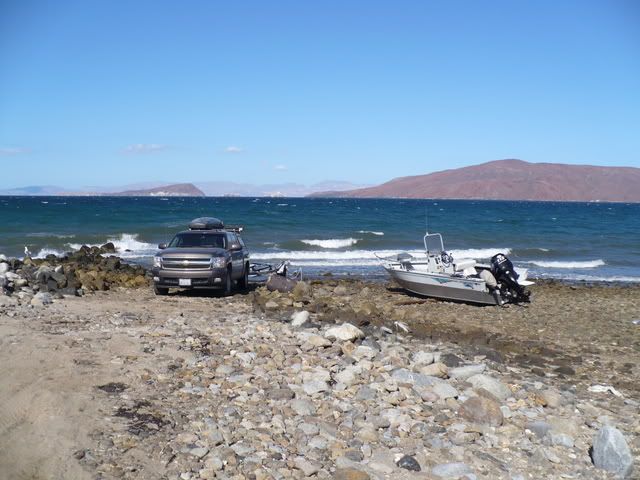Originally posted by Skipjack Joe
One of the issues it seems to me is that you need to launch and retrieve the boat stern first. This can cause waves to break over the stern and into
the boat. You get around the need for a launch ramp but perhaps not, because ramps are built in protected areas. Most days start out flat as glass but
there is a chop by noon and retrieving the boat at such times could be challenging with this setup me thinks. |






